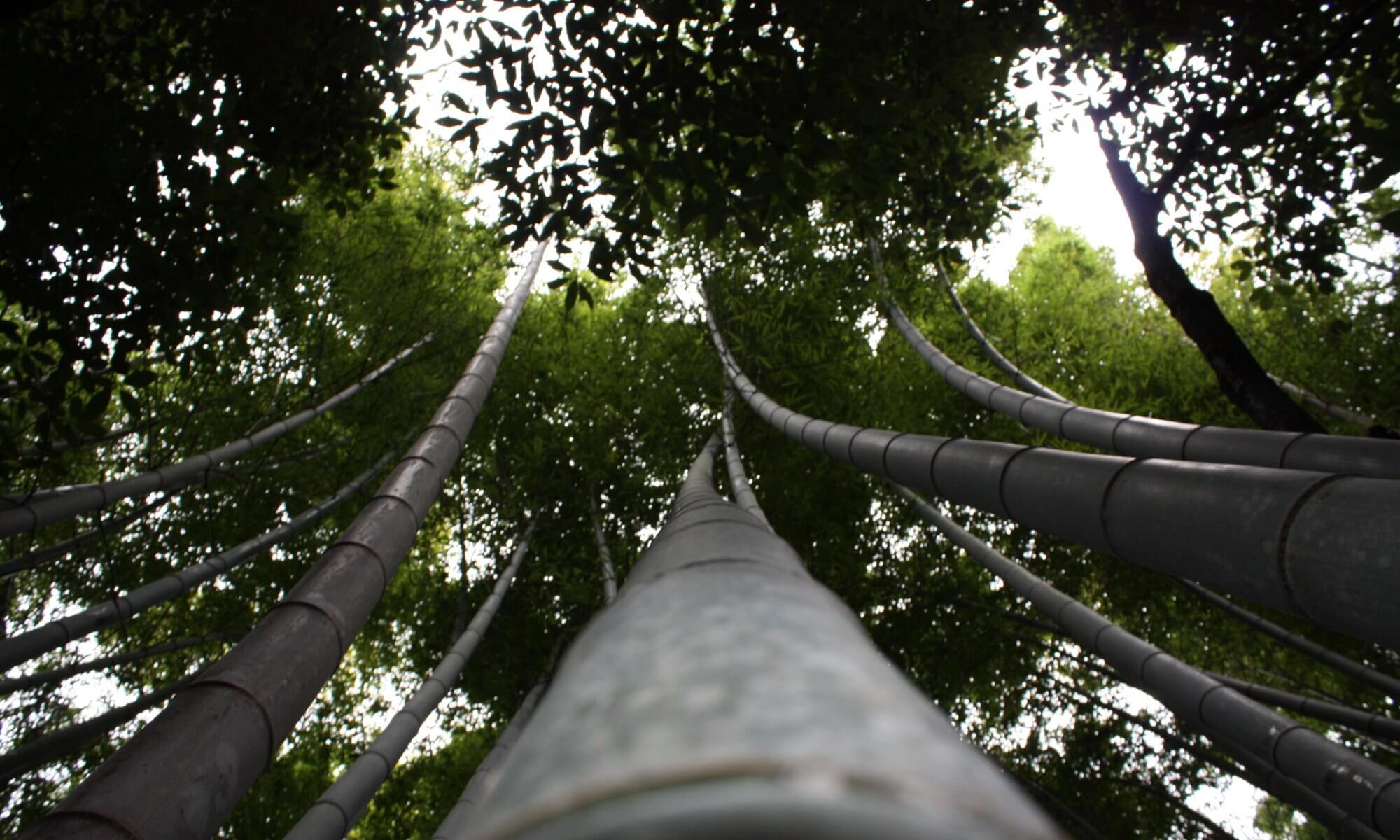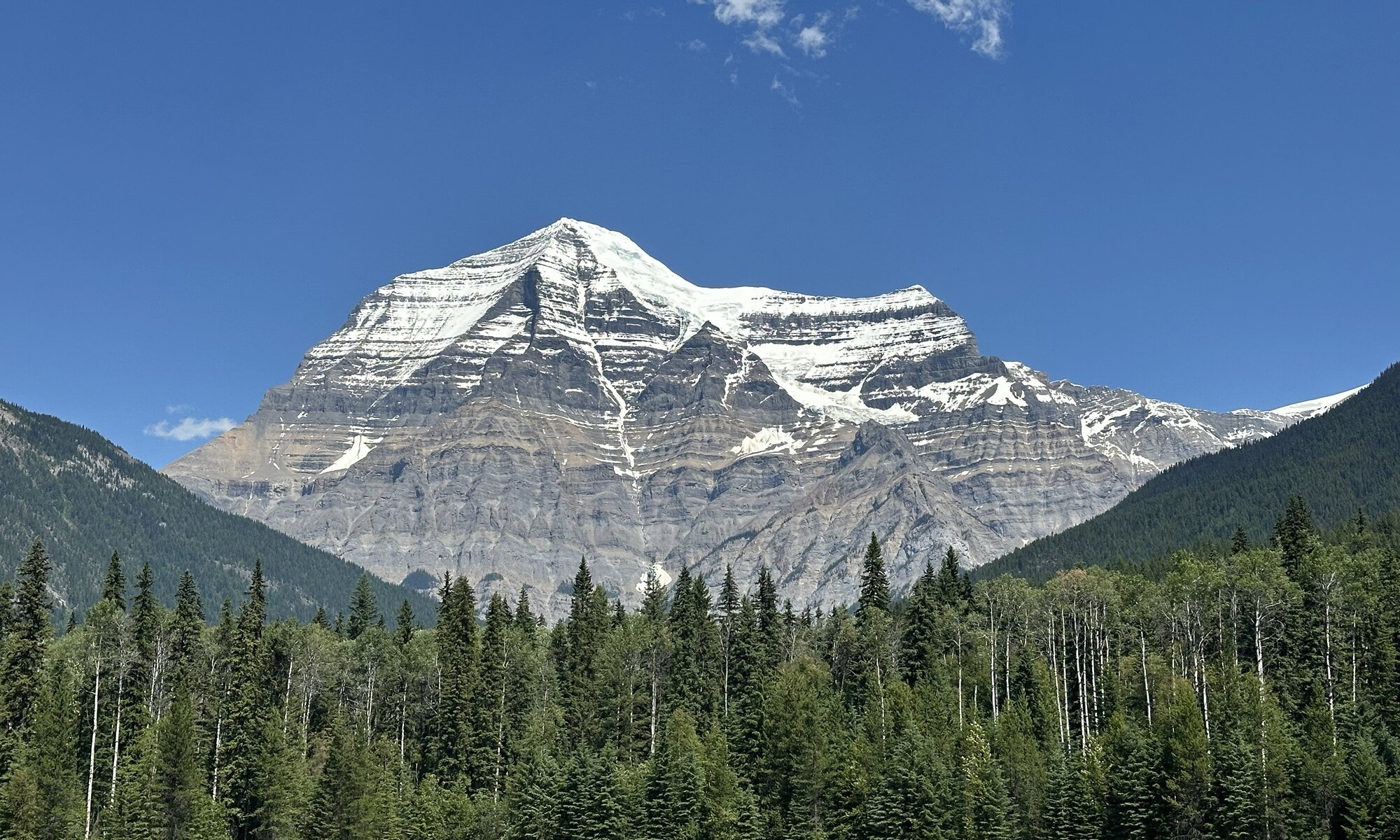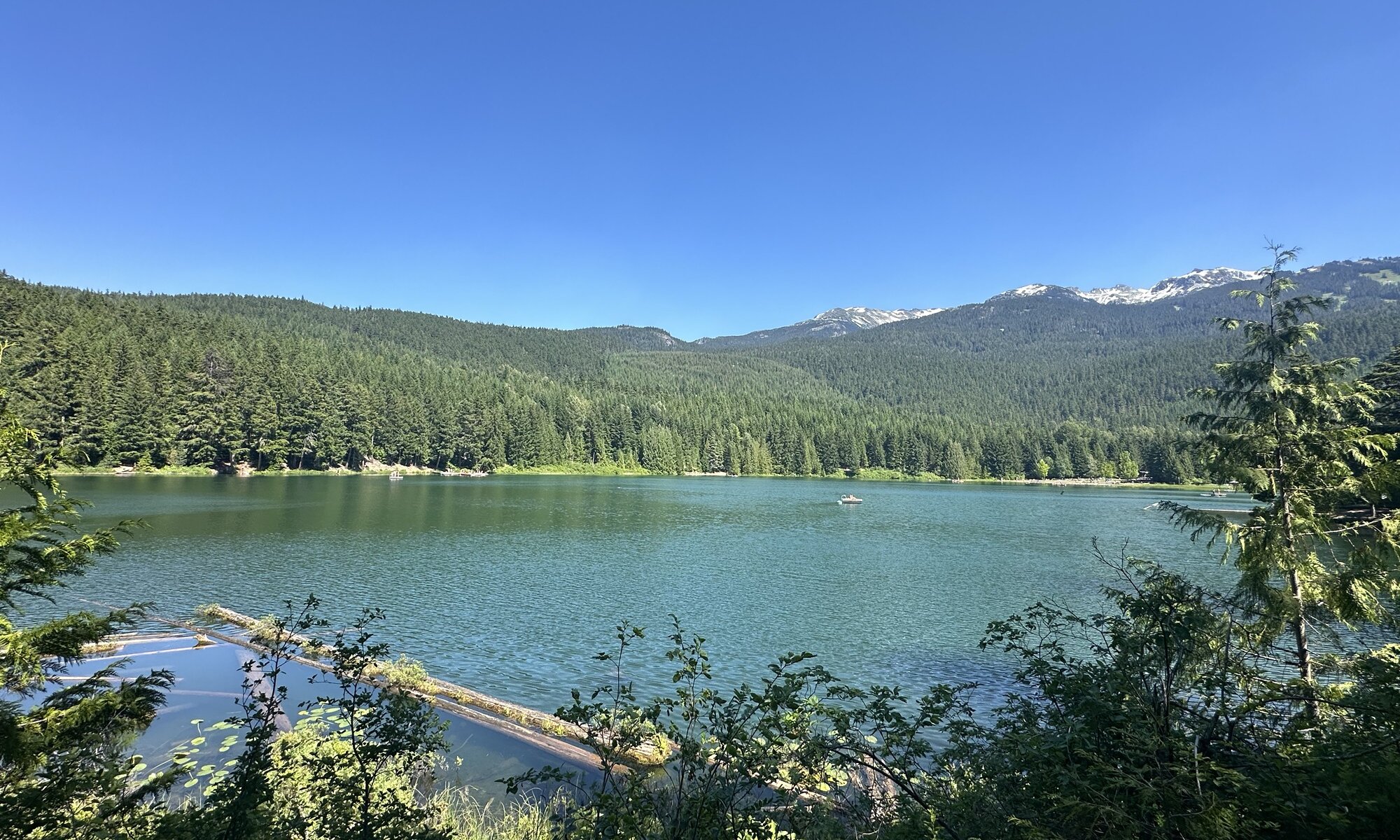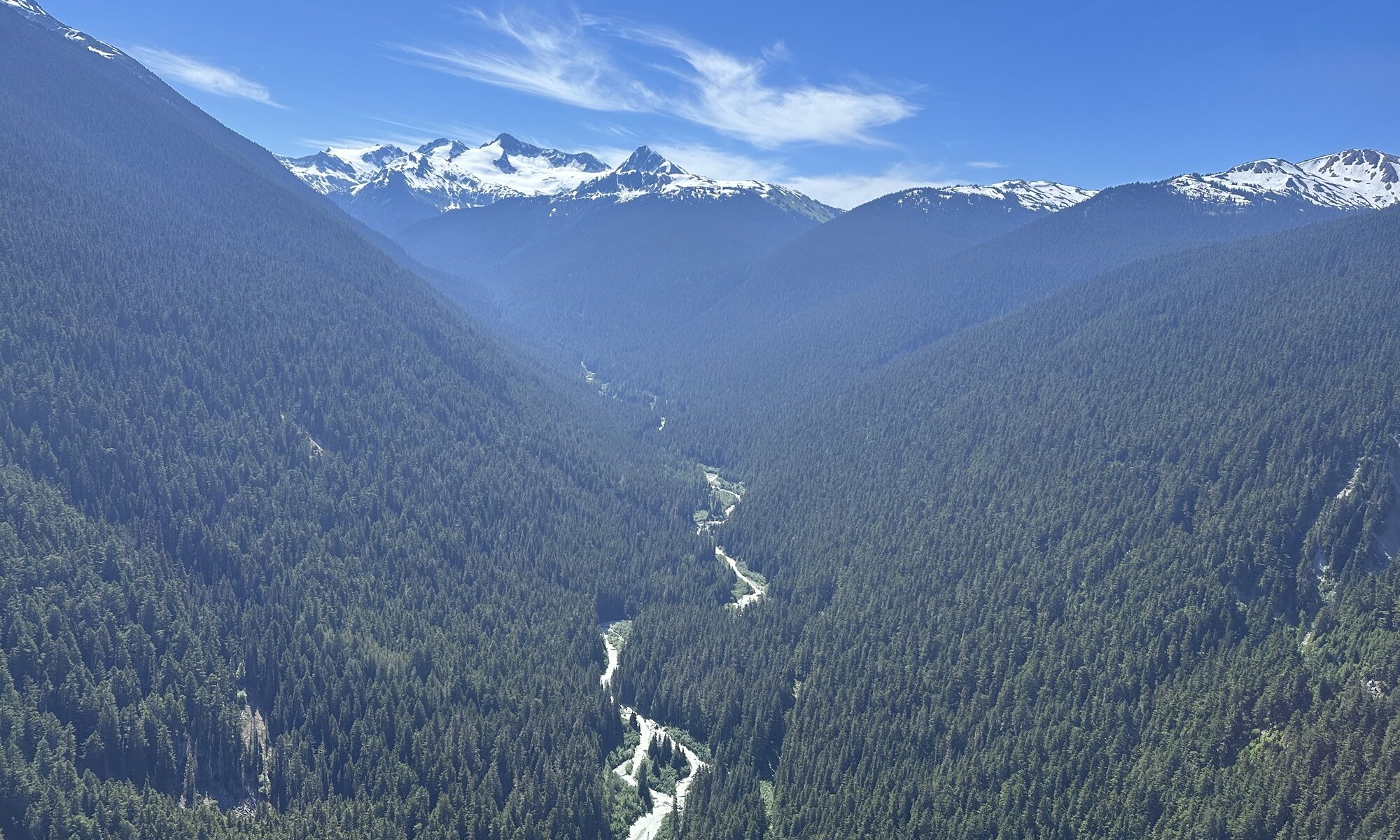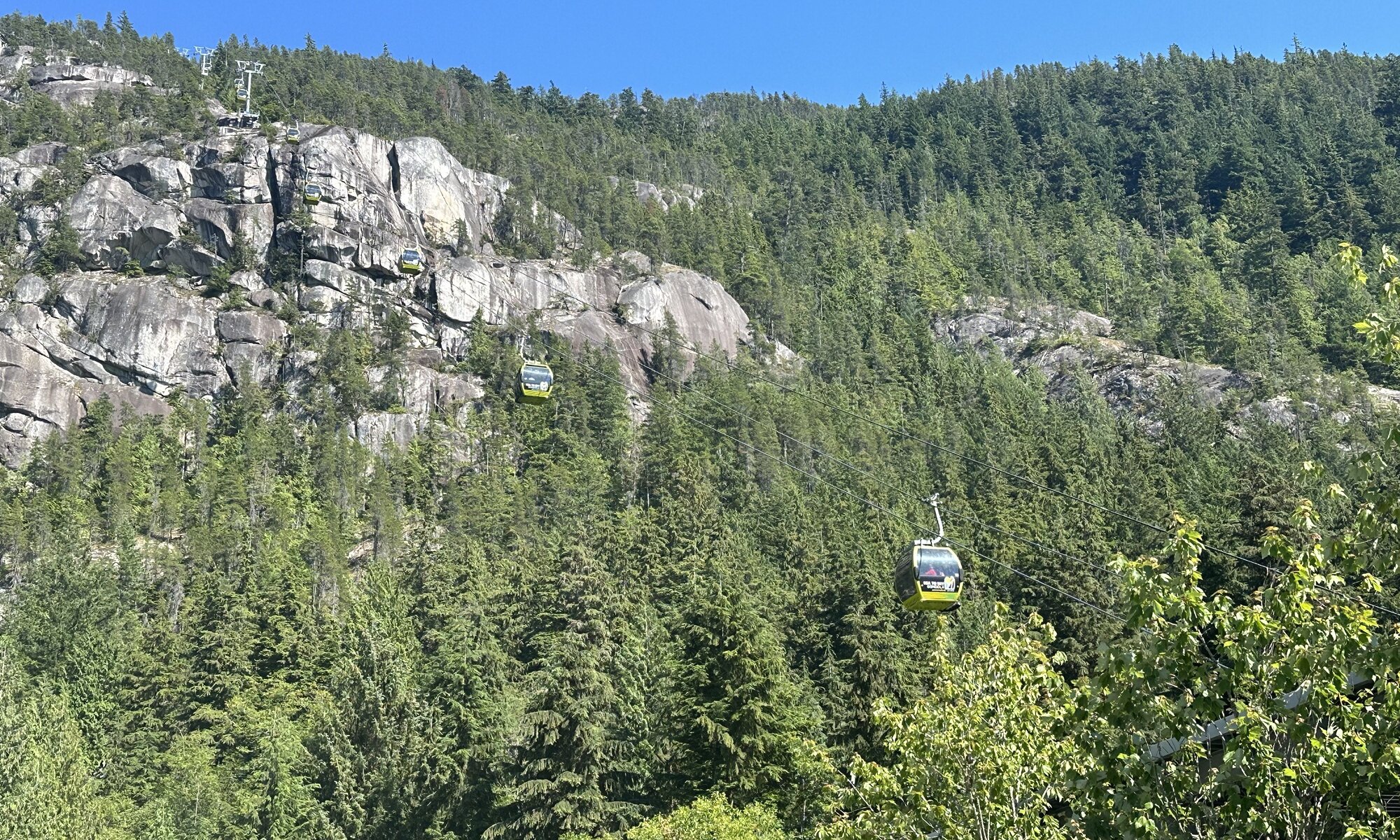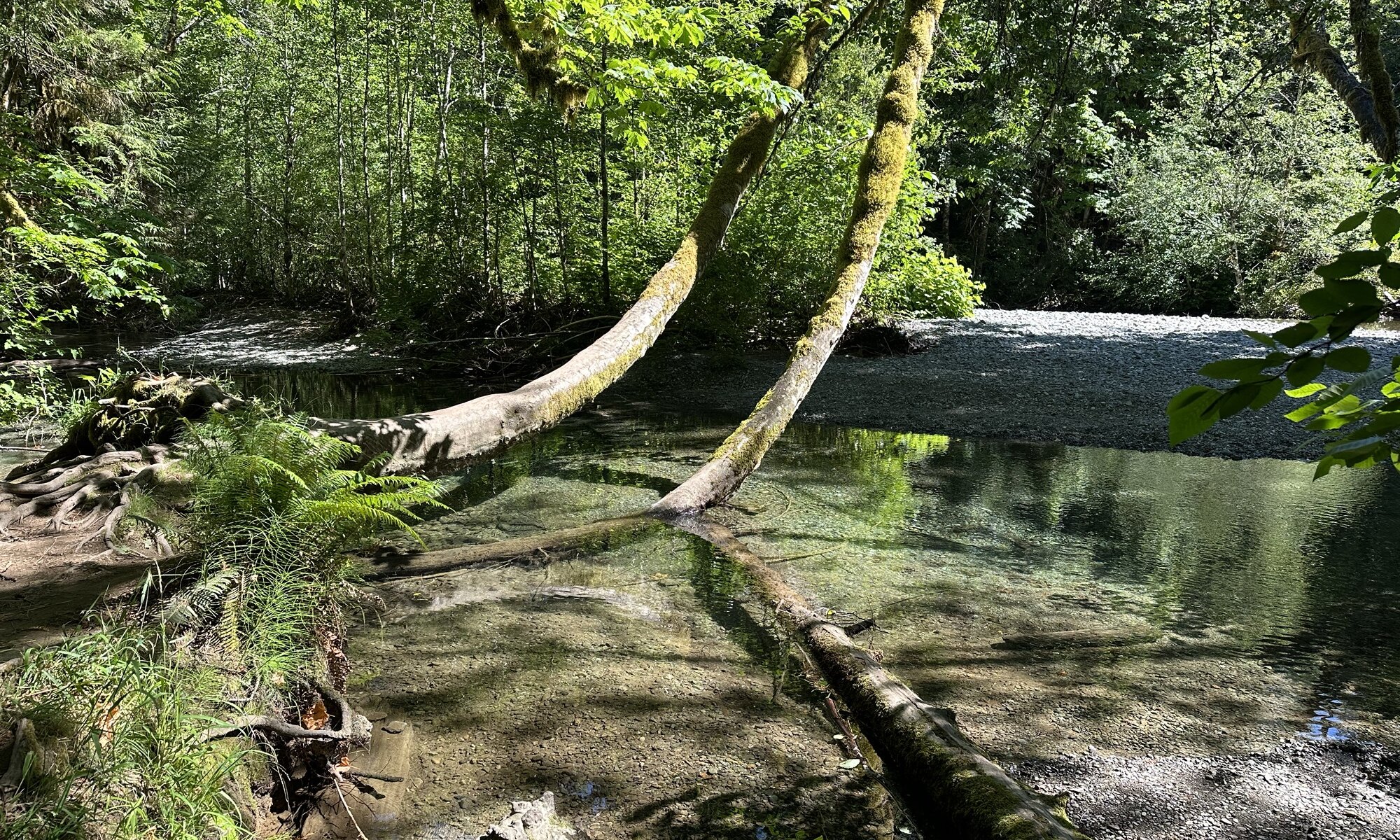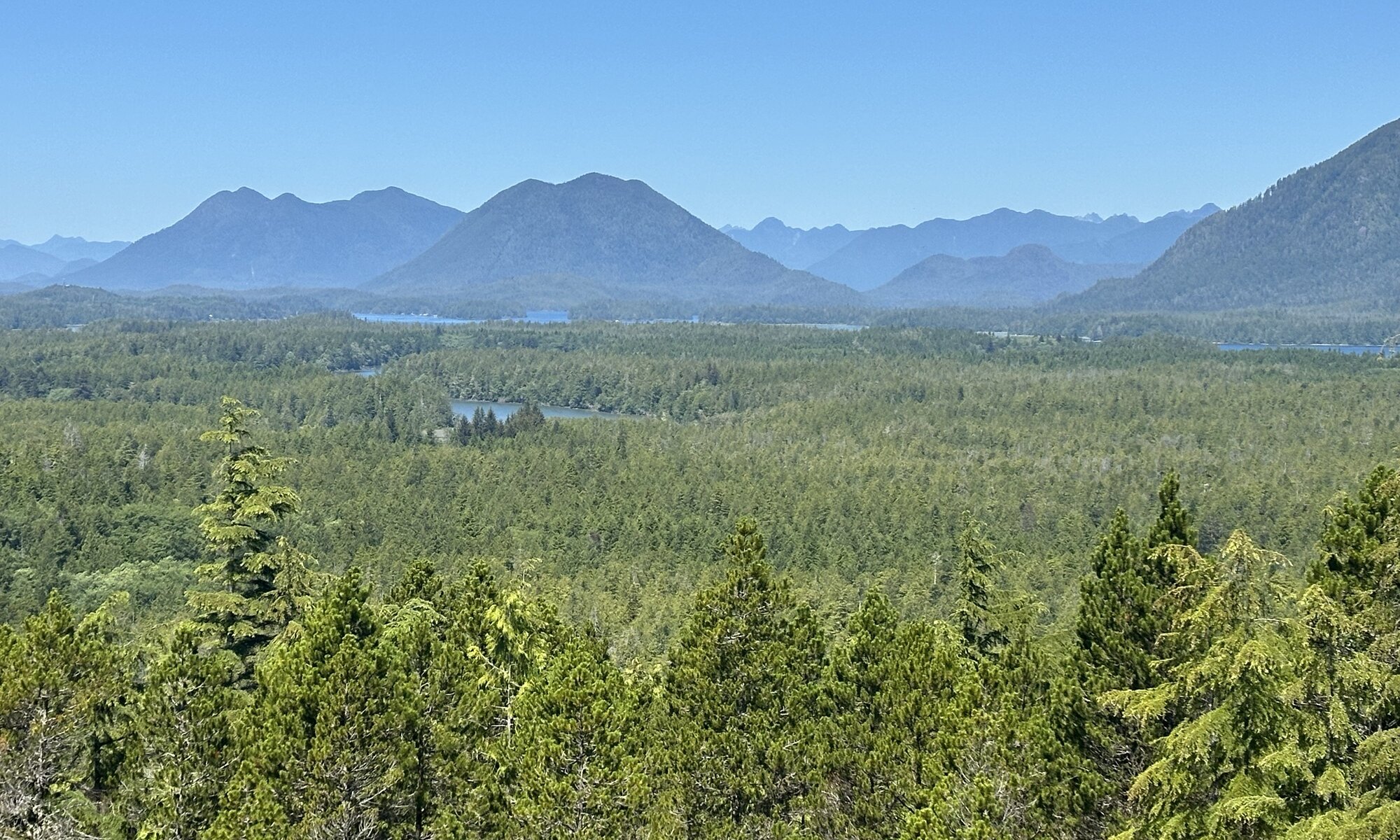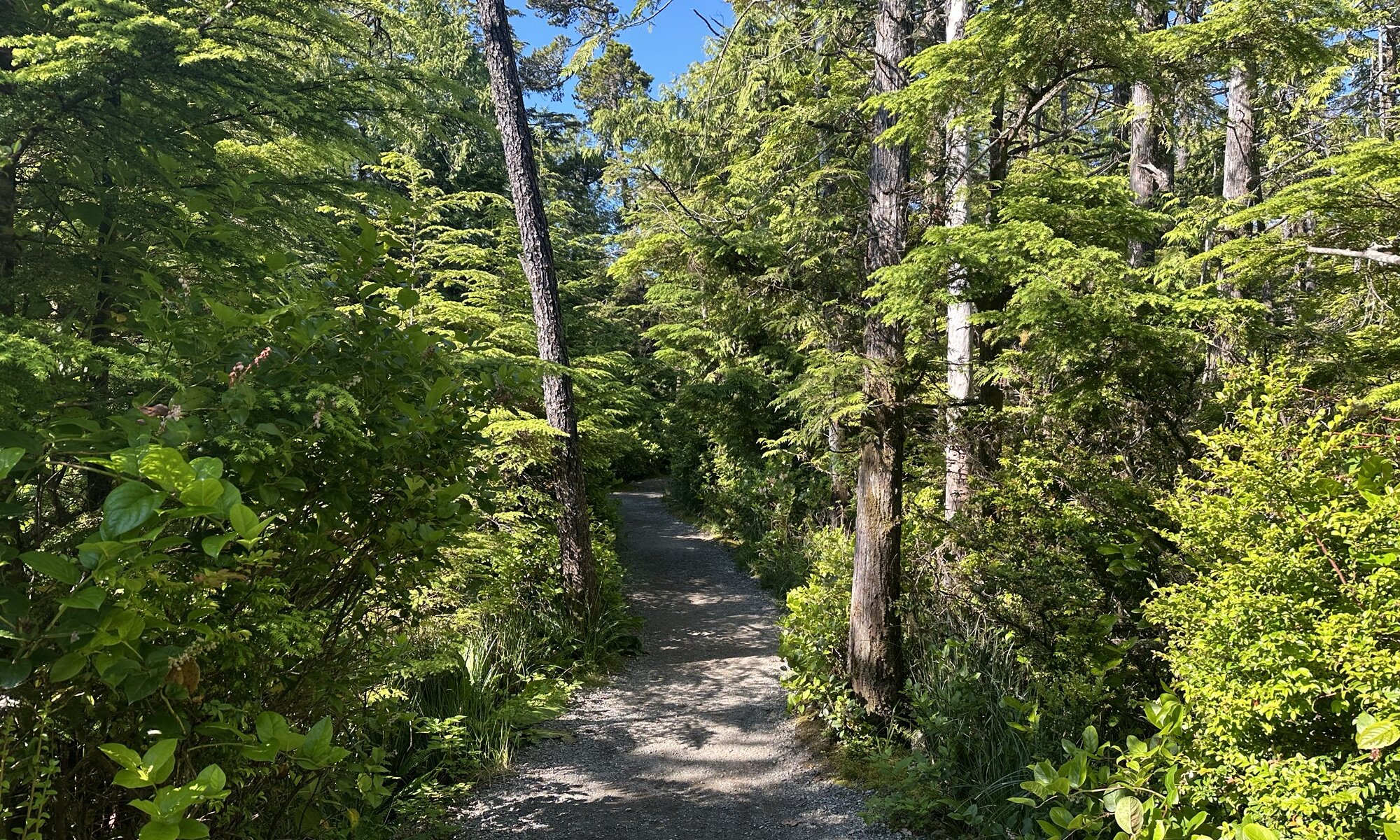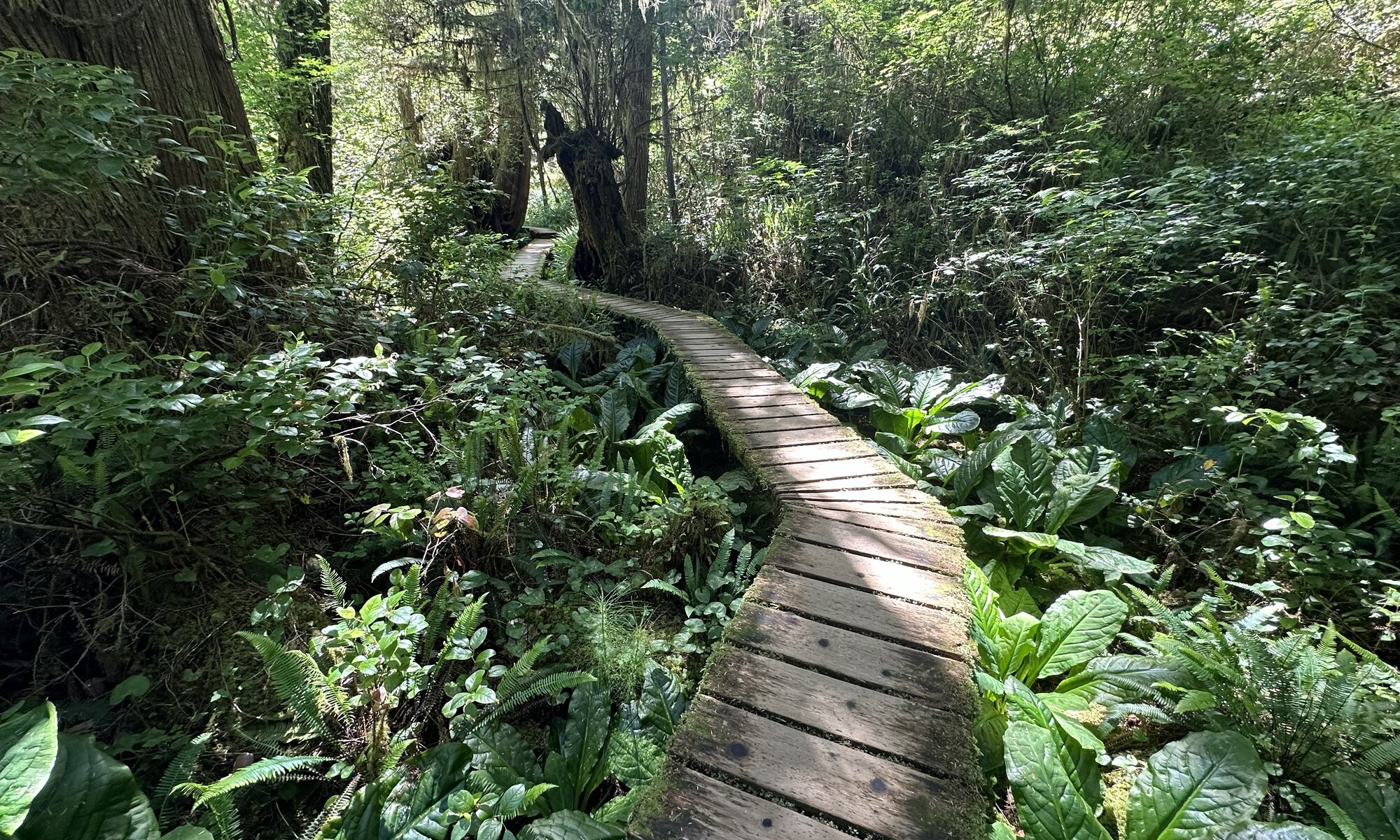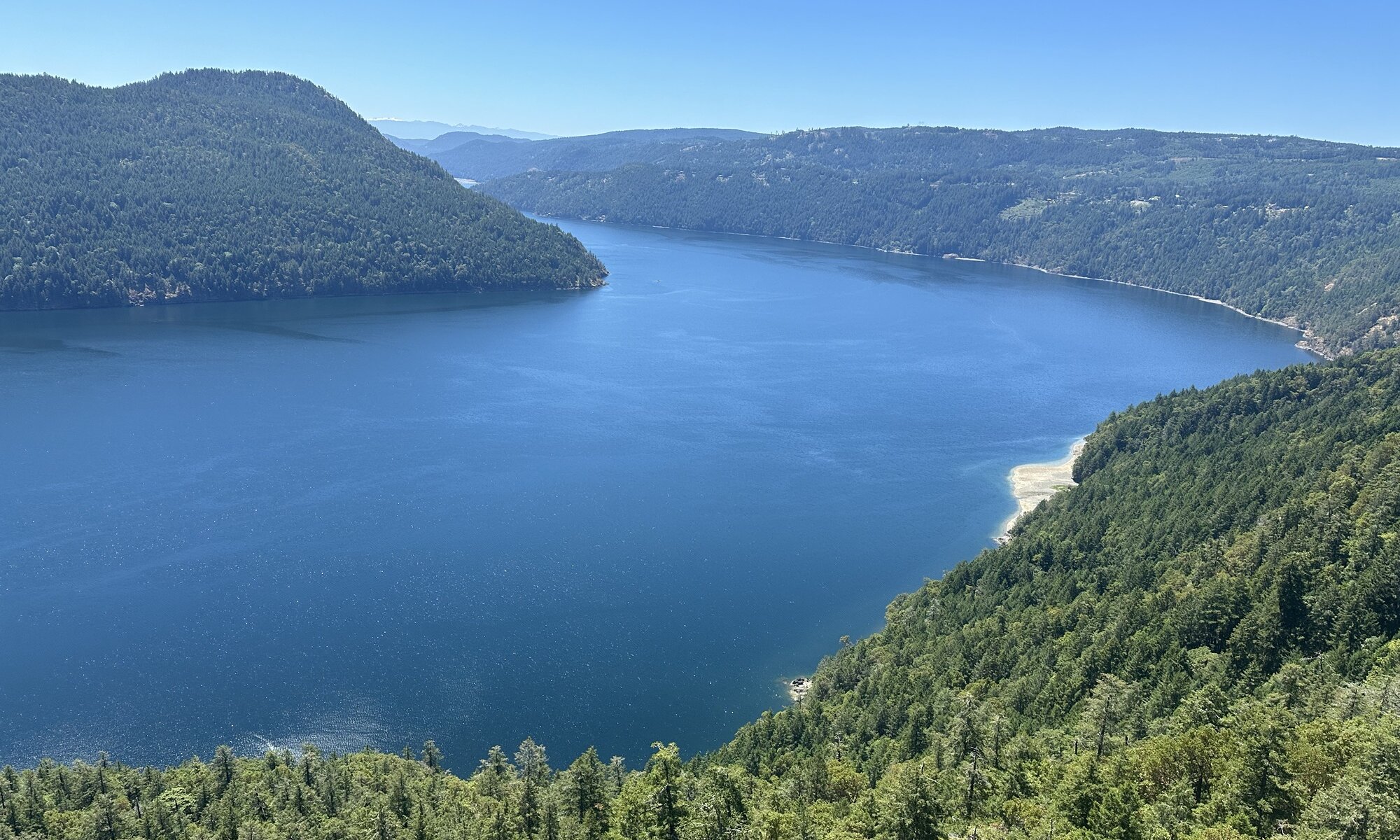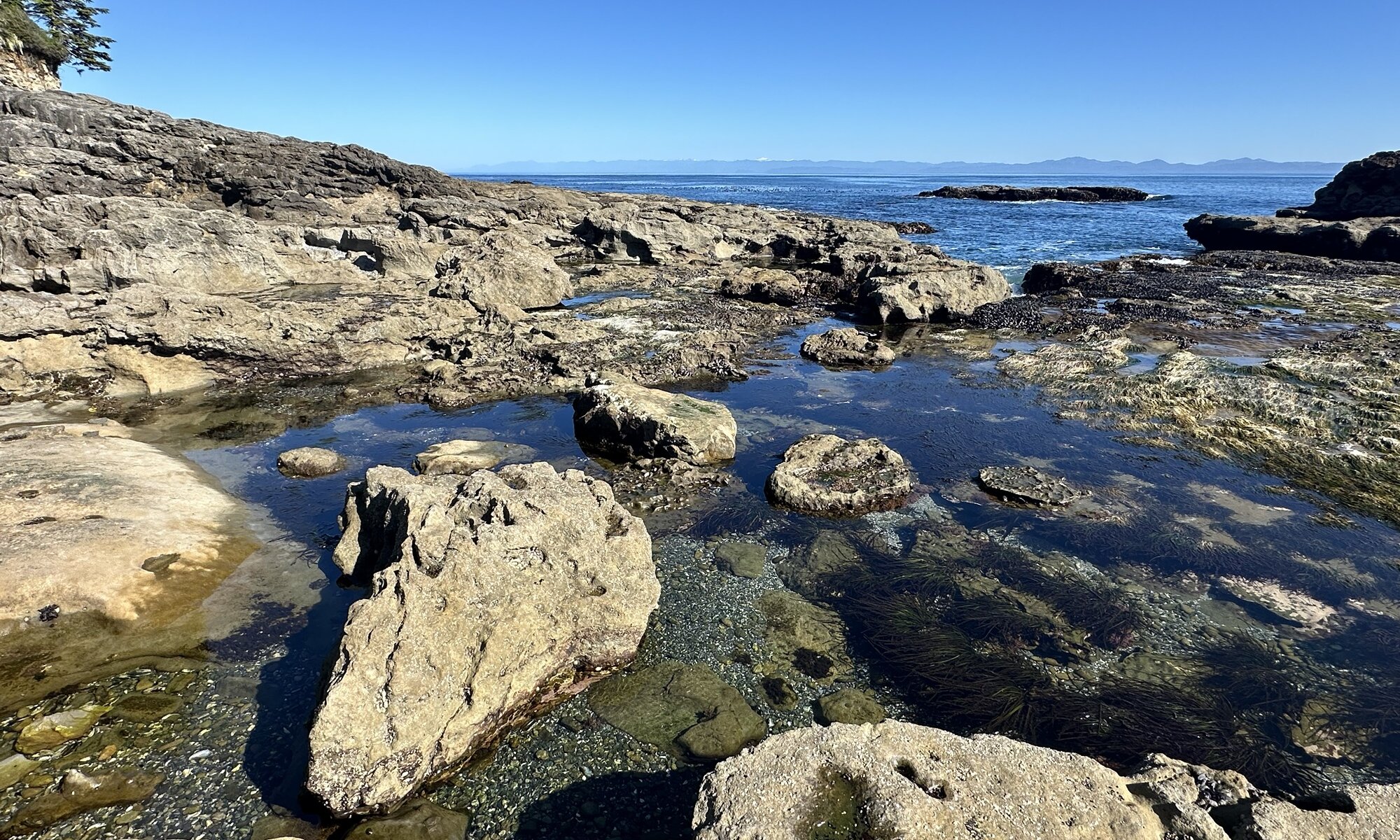Mount Robson, the highest peak in the Canadian Rockies at 3,954 meters, is a stunning landmark located in Mount Robson Provincial Park in British Columbia. Known for its breathtaking views, glacial landscapes, and challenging hiking trails, Mount Robson attracts adventure seekers and nature lovers alike. The Kinney Lake Trail is a popular hike, offering spectacular views of the mountain and its surrounding wilderness. For visitors planning to explore Mount Robson Provincial Park and other areas within the park, tickets or passes are typically required for access, especially for activities like camping or hiking.
Continue reading “Mount Robson”Lost lake
Lost Lake is a serene alpine lake near Whistler Village, offering a peaceful escape with stunning mountain views, crystal-clear waters, and scenic trails surrounded by lush forests. The lake is a popular year-round destination, with hiking and biking trails in the summer and groomed cross-country skiing and snowshoeing routes in the winter. To reach Lost Lake on foot, start from Whistler Village and follow the Valley Trail, a well-maintained, easy path that takes about 20-30 minutes to walk.
Continue reading “Lost lake”Roundtrip
Whistler in summer transforms from a world-class ski resort into a paradise for outdoor enthusiasts, offering everything from hiking and mountain biking to scenic sightseeing and alpine adventures. The lush Coast Mountains provide the perfect backdrop for exploring Whistler’s extensive trail networks, crystal-clear lakes, and vibrant village atmosphere. One of the best ways to experience Whistler’s breathtaking scenery is by taking its impressive gondola system, which provides access to high alpine terrain without the need for strenuous hiking. The Whistler Village Gondola carries visitors from the village to the Roundhouse Lodge on Whistler Mountain, while the Blackcomb Gondola ascends to Rendezvous Lodge on Blackcomb Mountain, offering incredible views along the way.
Continue reading “Roundtrip”Sea to sky
When being close to Squamish, British Columbia, you can’t leave out a tour with the Sea to Sky Gondola (named after the road it can be found next to). The gondola offers breathtaking views of the Howe Sound fjord, towering coastal mountains, and lush forests. This scenic gondola ride takes visitors 885 meters above sea level, providing access to a stunning alpine landscape with a variety of outdoor activities.
Continue reading “Sea to sky”Cathedral grove
Cathedral Grove is a nice stop next to the road passing the MacMillan Provincial Park near Nanaimo on Vancouver Island. It is a wonderful old-growth forest that showcases some of the most majestic Douglas fir and red cedar trees in British Columbia. Some of these ancient giants are over 800 years old, reaching heights of 75 meters and diameters of nearly nine meters. The grove features a network of well-maintained (often wooden) walking trails that wind through the towering trees, allowing visitors to experience the serene beauty of the temperate rainforest up close.
Continue reading “Cathedral grove”Pacific rim
On the west coast of Vancouver Island you can discover the Pacific Rim National Park Reserve, a stunning natural destination known for its rugged coastline, lush temperate rainforests, and rich cultural heritage. The park is divided into three main areas: Long Beach, the Broken Group Islands, and the West Coast Trail. Long Beach, the most accessible and popular section, boasts expansive sandy shores, powerful waves ideal for surfing, and scenic trails through old-growth forests.
Continue reading “Pacific rim”Lighthouse
The Lighthouse Loop is a stunning section of the Wild Pacific Trail in Ucluelet, British Columbia, offering breathtaking views of the rugged coastline and the open Pacific Ocean. This 2.6-kilometer loop winds through windswept forests and rocky bluffs, leading to the historic Amphitrite Lighthouse, which has guided mariners since 1915. Doing the full round takes 45 to 60 minutes. The loop is easy to do, sometimes there is some inclination but everywhere you’ll find benches to sit down and relax.
Continue reading “Lighthouse”Rainforest
The Rainforest Trail near Ucluelet offers an immersive experience in the lush, temperate rainforests of Vancouver Island. Located within the Pacific Rim National Park Reserve, this scenic trail consists of two looped boardwalk paths winding through towering old-growth cedars and western hemlocks, draped in moss and surrounded by dense ferns. The trail provides a peaceful and enchanting atmosphere, with interpretive signs along the way that highlight the region’s rich biodiversity and ecological significance.
Continue reading “Rainforest”Malahat Skywalk
On the grounds of the Malahat First Nation near Victoria on Vancouver Island you can discover a large wooden tower, the Malahat Skywalk. It gives you great views on the Saanich Inlet, the surrounding forests and you can even look over into the United States of America – the border is very close and you can’t overlook Mount Baker in the state of Washington. To get on top of the tower you can follow a very long ramp that is winding up inside. If you’re brave you can get down very fast by using a slide.
Continue reading “Malahat Skywalk”Botanic Beach
If you’re interested in flora and fauna of the sea around Vancouver Island, Botanic(al) Beach might be worth a trip. Check the schedule of the tides and arrive at low tide here: the sea creates small pools in which you can observe plants, corals, and shells – it is like a natural exhibition. To reach the beach, follow British Columbia Highway 14 from Victoria along the southwestern coast of Vancouver Island to Port Renfrew and take the Cerantes Road to the southwest.
Continue reading “Botanic Beach”